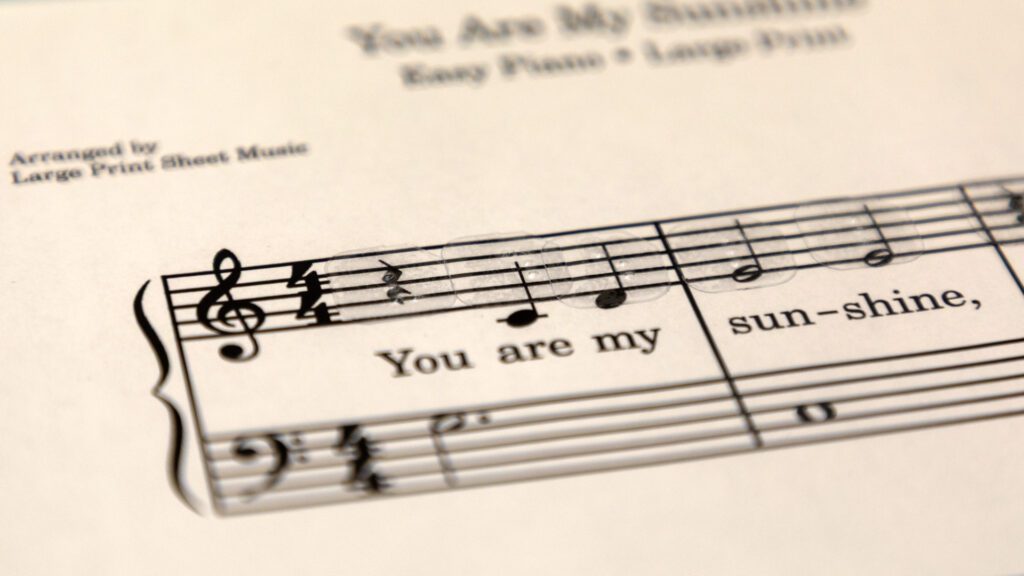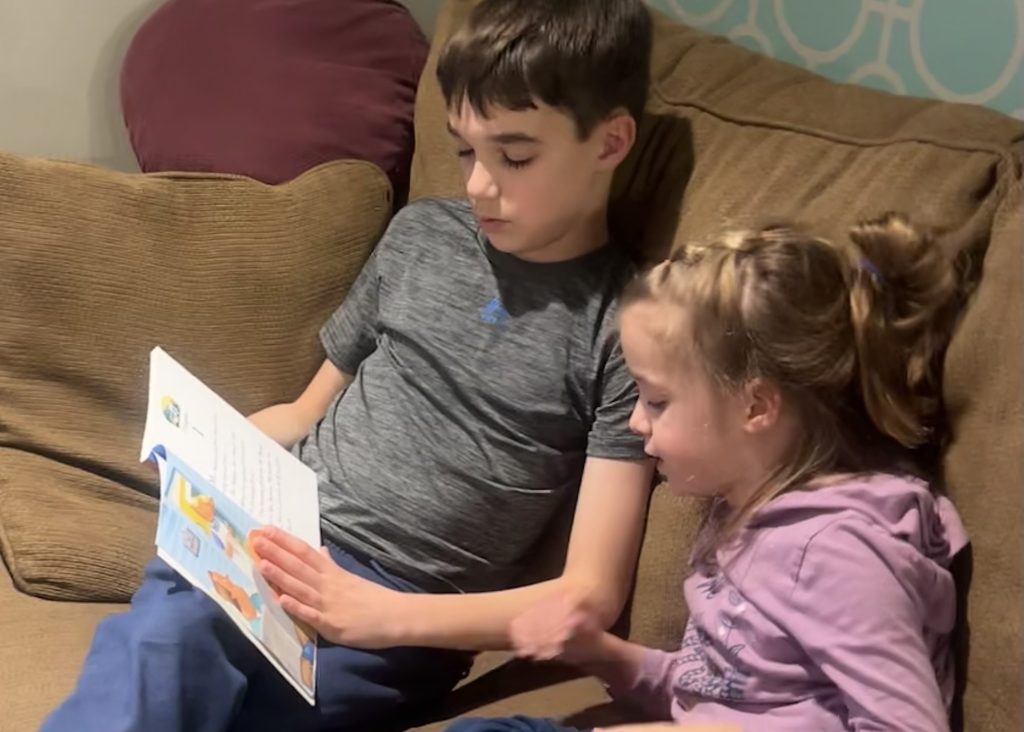Introducing BrailleBuzz!

BrailleBuzz is a fun new way to get children involved in forming early literacy skills. This instructional device resembles a cartoon bumblebee and has honey comb shaped buttons with braille that make funny noises when pressed. Perfect for children between the ages two to five, BrailleBuzz encourages practice with braille characters and phonics, similar to a variety of audio based toys that teach print writing.
A friendly recorded human voice and exciting sounds are paired with a Perkins-style braille keyboard, designed with little hands in mind. BrailleBuzz offers 3 modes of play to appeal to a wide variety of young learners’ needs:
- Phonics Mode: fun sound and letter associations are made.
- Keyboard Mode: all key combinations are announced with dot numbers.
- Letters Mode: dot number announcement reinforces the relationship between reading letters and writing on the keyboard.
BrailleBuzz is portable and only needs 2 AA batteries to run! It’s easy to use, educational, and kids love it! But don’t take our word for it:
“BrailleBuzz definitely fills a need in the Pre-K level. It’s familiarizing a child with braille cell and keyboard through play!” -Public school teacher
“My kindergarten student really enjoyed reading and writing—I see it as a learning tool which goes beyond Pre-K.” -Kindergarten teacher
Share this article.
Related articles

Making Music Available for Everyone with Music Braille Stickers
The transcription of sheet music to braille can be a lengthy and complicated endeavor. With a limited number of music...

Braille Tales Grows Readers Both in and Outside of the Classroom
At APH, our Braille Tales books help introduce braille to young readers. By giving blind or low vision students books...

Building an Easy Transition to Braille Learning with Braille Bridge
Learning to read braille as an adult can be a daunting task. The majority of early braille learning materials often...
